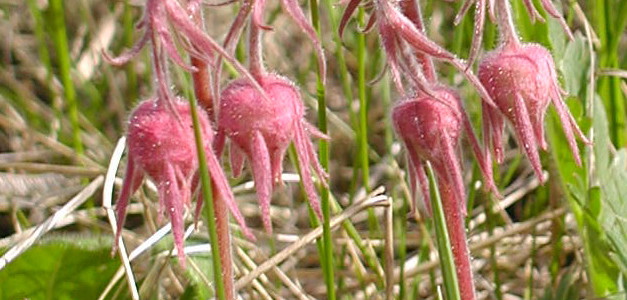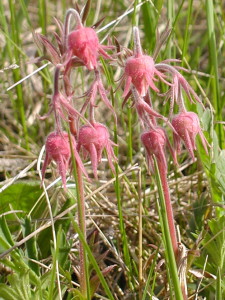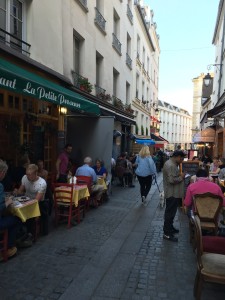
Small street off Rue Mouffetard, Paris
Photo: Mary van Balen
My sister sent me a marvelous photo of a morning on Grand Manan Island in New Brunswick. Sitting in the bedroom of a Paris apartment, I feasted on the greens of trees and grasses, the rocky coastline, and the fog that softened it all. Even through a photograph, the scene “felt good” for my eyes, making me feel like I was looking far.
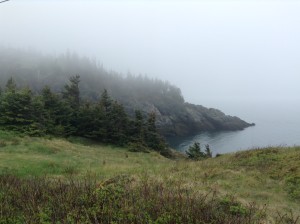
Foggy morning on Grand Manan
Photo: Elizabeth Delphia
Such a difference from walking old, narrow streets of Paris with buildings standing on either side. There is much beauty there, too. It just has a different face.
Isn’t that how it is in our world? Beauty comes in all sizes and shapes. In the tiniest flower or the intricacies of human construction. In the natural world and what we have made.
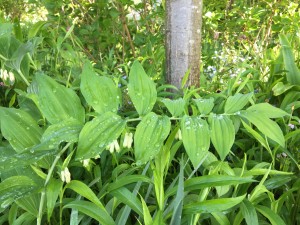
Solomon’s Seal Giverny 2016
Photo: Mary van Balen
People, too. We come in many shapes and colors. Standing in line to take an elevator up the Eiffel Tower, my daughter and I were fascinated with the languages and faces of people from around the world who had come to experience the striking monument and the view of Paris spread out around it.
Seeing beauty in its many guises takes practice. We become accustomed to our particular ideas of what is lovely, or our culture’s definition of what is or is not beautiful.
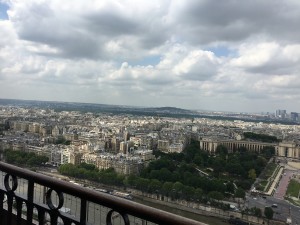
Paris from Eiffel Tower
Photo: Mary van Balen
If we were able to see the soul’s beauty in all faces, no matter the color or ethnicity; if we were able to appreciate the world through the eyes of a scientist as well as an artist, or a child as well as a tired adult; how different the world might be.
As I travel abroad, the news from home is disturbing. Fear and anger are stirring up the ugliest side of human behavior. Through the dark glass of racism, hatred, and ignorance, Beauty and Grace are obscured.
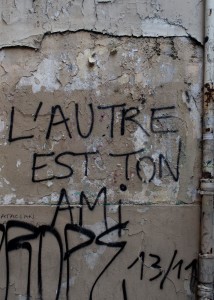
Graffiti on Paris Streets
Photo: Alan Cummings
If only we could acknowledge that those we see as “other,” those different from ourselves, are also filled with a spark of Divinity, and accept the gifts and visions they bring to deepen our understandings and experience of life and of God.
Walking through Paris, a friend saw some graffiti that, translated, said: “The other is your friend.” We should heed those words.
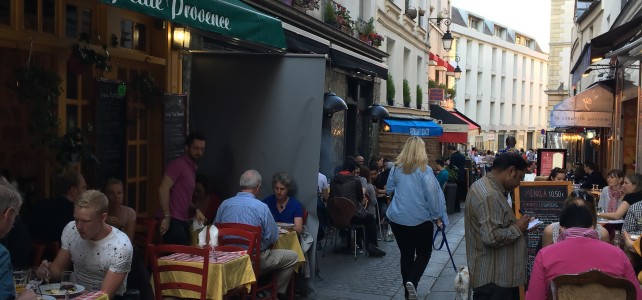
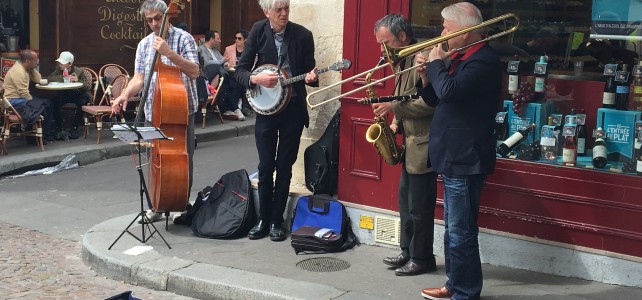
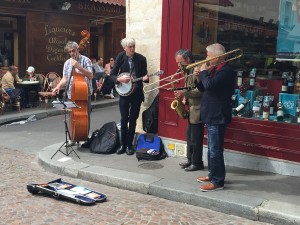
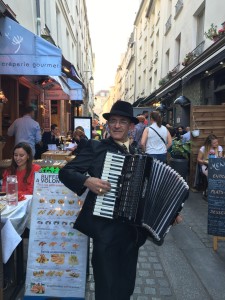
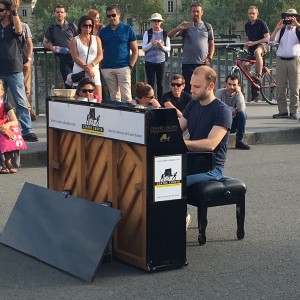
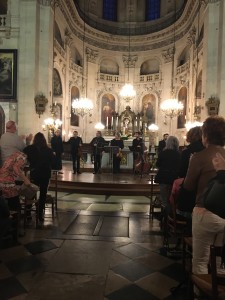
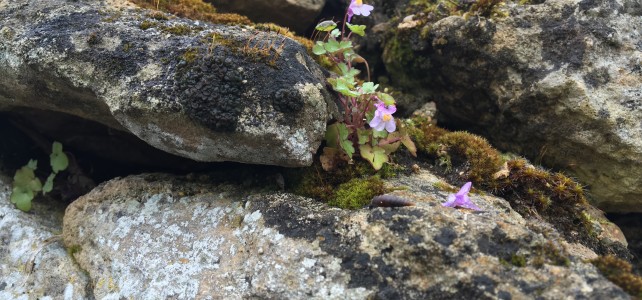
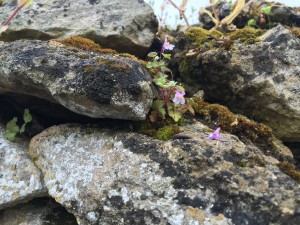
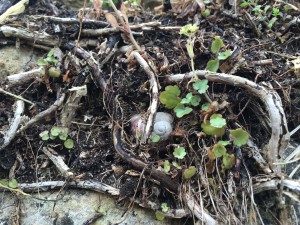
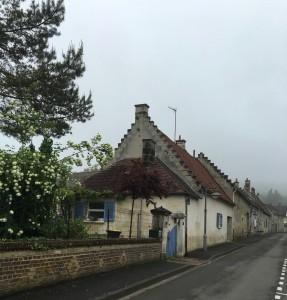
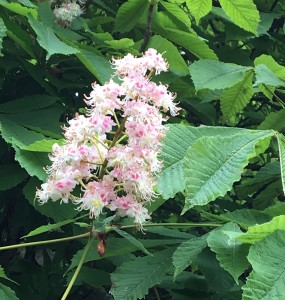
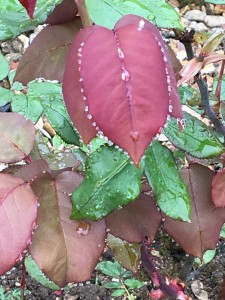
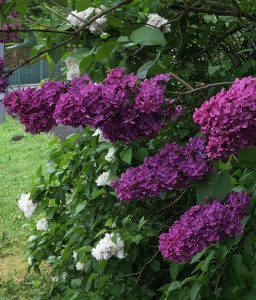
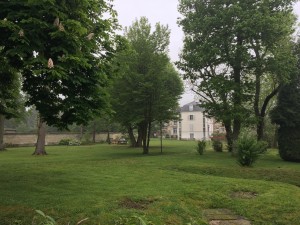
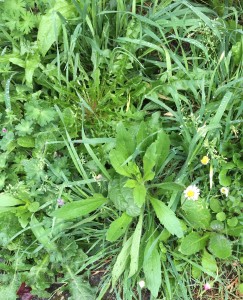
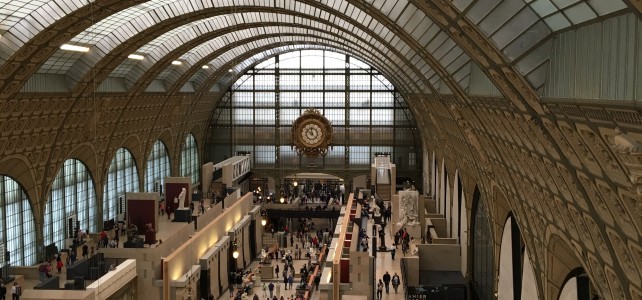
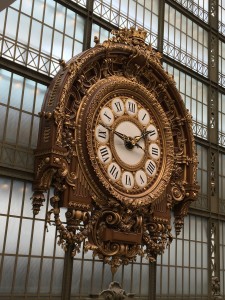
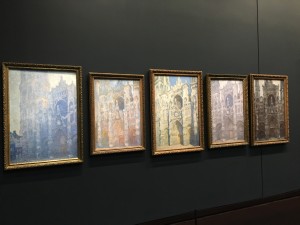
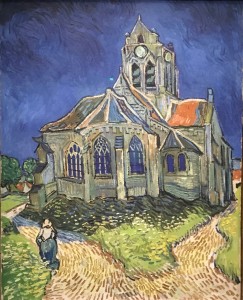
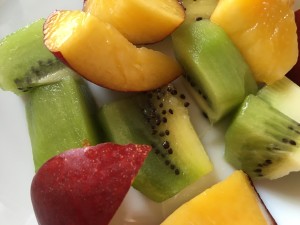
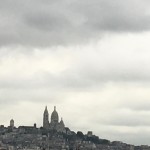
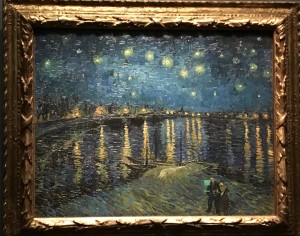
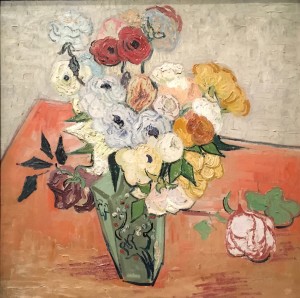
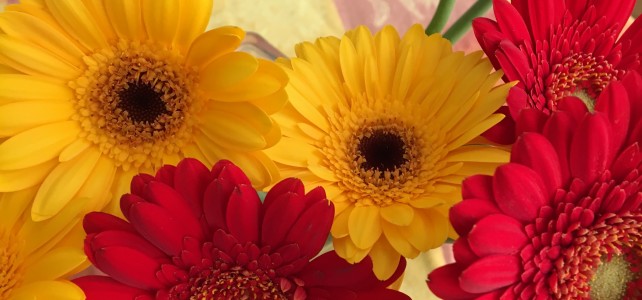
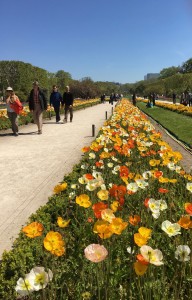
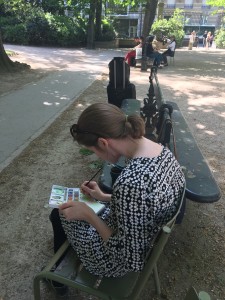
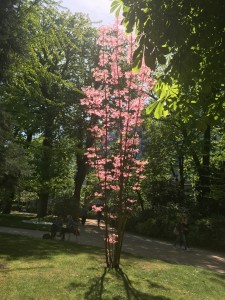
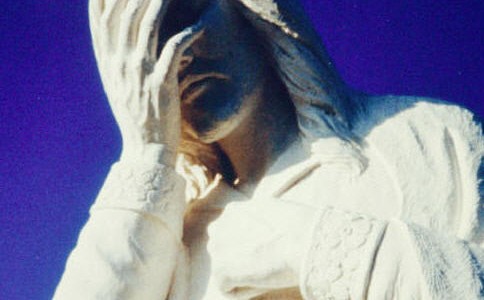
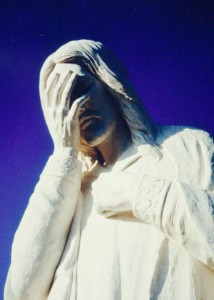
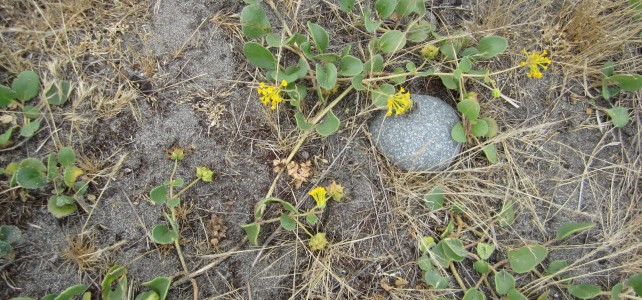
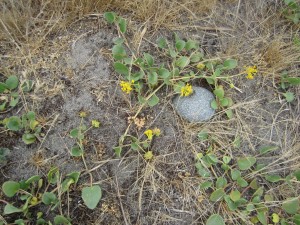
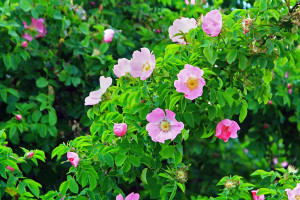 The poem is “Roses.” Oliver writes of the quest to answer life’s “big questions” and decides to ask the wild roses if they know the answers and might share them with her. They don’t seem to have time for that. As they say, “…we are just now entirely busy being roses.”
The poem is “Roses.” Oliver writes of the quest to answer life’s “big questions” and decides to ask the wild roses if they know the answers and might share them with her. They don’t seem to have time for that. As they say, “…we are just now entirely busy being roses.”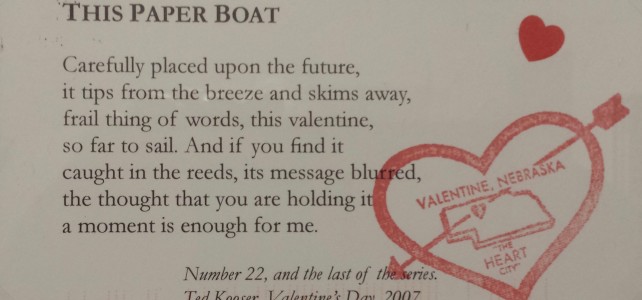
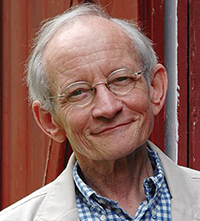 Happy poetry month! I was pleased to see Ted Kooser, former US Poet Laureate
Happy poetry month! I was pleased to see Ted Kooser, former US Poet Laureate 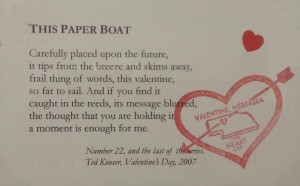 During one of his presentations he had made the generous offer of sending a valentine poem to anyone who’d like to receive one. He’d been doing it for years, he explained. I gave him my daughters’s address and my own. Sure enough, when Valentine’s Day came around we both received a postcard from Ted Kooser, postmarked in Valentine, Nebraska. It hangs, framed on my office wall.
During one of his presentations he had made the generous offer of sending a valentine poem to anyone who’d like to receive one. He’d been doing it for years, he explained. I gave him my daughters’s address and my own. Sure enough, when Valentine’s Day came around we both received a postcard from Ted Kooser, postmarked in Valentine, Nebraska. It hangs, framed on my office wall.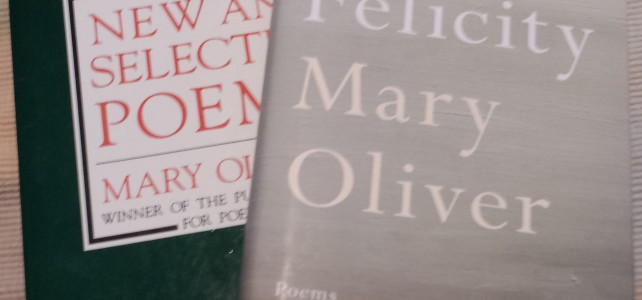
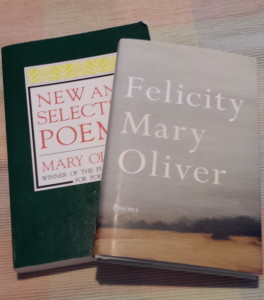 My day was off to a confused start. It was the time change. Usually, the clock by my bed adjusts for moving into or out of daylight savings time, but not this morning. Or maybe I just read it wrong. I hurried, washed my hair, and drove to church. No one was there. That’s when I realized: Daylight savings time was back. Sigh. Not a fan.
My day was off to a confused start. It was the time change. Usually, the clock by my bed adjusts for moving into or out of daylight savings time, but not this morning. Or maybe I just read it wrong. I hurried, washed my hair, and drove to church. No one was there. That’s when I realized: Daylight savings time was back. Sigh. Not a fan.